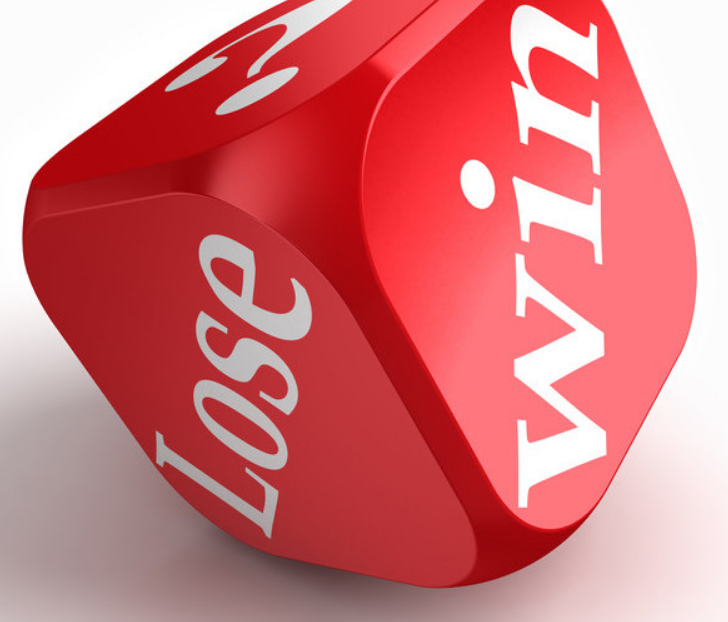If you know the pitfalls of trading, you can easily avoid them. Small mistakes are inevitable, such as entering the wrong stock symbol or incorrectly setting a buy level. But these are forgivable, and, with luck, even profitable. What you have to avoid, however, are the mistakes due to bad judgment rather than simple errors. These are the “deadly” mistakes which ruin entire trading careers instead of just one or two trades. To avoid these pitfalls, you have to watch yourself closely and stay diligent.
Think of trading mistakes like driving a car on icy roads: if you know that driving on ice is dangerous, you can avoid traveling in a sleet storm. But if you don’t know about the dangers of ice, you might drive as if there were no threat, only realizing your mistake once you’re already off the road.
Traders often fail to limit their losses in search of a big win. Of course, the only way you can make a fortune with trading is to actually stay in the game, and it’s hard to stay in the game when you’ve already lost all of your money. The problem is that people often feel like any loss is a failure, and so they don’t incorporate a strategy for “safe” losses. They may feel like “planning” for a loss is planning to fail when, in fact, it’s planning to keep themselves in the game.
Losses are a part of our business. The key to trading success is to limit your losses. Too many traders give a trade way too much “room,” and they take big hits, which can shrink an account down by 20%, 30%, and sometimes even 40%. You have to put a system into place which will ensure that you set small losses to avoid emptying your account.
There’s a huge difference between losing big on a regular basis and losing small in a controlled trading plan. You already know that you should keep your losses small; the key is to keep them smaller that your average wins. Even if your winning percentage is only 50%, you’ll still be profiting if you set yourself up correctly. For example, if you have a weekly strategy that gets you $300 for every win but only takes $200 for every loss, a tie of a win and a loss will still get you a $100 profit for that week.
The real key is to set a weekly goal and to be sure that you set a loss limit for each trade. So let’s say your goal is $300 each week, and you want to be sure that you lose no more than $200 per trade. If your first two trades of the week were losses, then you’re down $400. But all you need is three more wins through the rest of the week to make your profit. Once you meet your goal, stop trading, otherwise, you may end up with further losses, putting you behind schedule and gouging into your account funds, which will simply set you back further.
The basic rule: always know when to exit a trade. Set a loss limit and stick to it. But also set short-term goals, and stop when you’ve reached those goals. Don’t ever gamble. Remember that looking for small gains over the long term is a much more reliable and consistent strategy which will help you avoid losing too much too quickly.
The Profit Room’s Team





